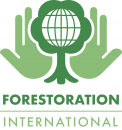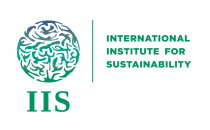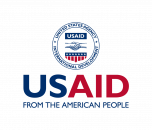Predicting and mapping the potential for natural regeneration in tropical forests
Conservation International and IIS AU have developed materials for advocating to assisted natural forest regrowth as the most cost-effective nature-based solution to mitigate climate change, conserve biodiversity and scale up forest and landscape restoration (FLR). These materials provide scientific arguments and case studies aimed at decision makers across government, civil society and the private sector that demonstrate how predicting and prioritising assisted natural regrowth of forests can help reach or even exceed global restoration targets.
The information gap on predicting and mapping suitable areas for assisted natural forest regrowth is closing. An analysis based on the areas where natural forest regrowth has occurred over the last 20 years in Brazil’s 130 Mha Atlantic Forest found that areas suitable for assisted natural regeneration (21.8 M ha) could be predicted and identified with approximately 80% accuracy. High predictive power permits better planning, increases certainty in predicting restoration outcomes, reduces need for risk management, and reduces investment risk from public and private sectors. Such planning also helps to ensure that decision makers don’t target costly and laborious planting efforts in areas with a high suitability to regrow on their own or with low-cost assistance.
The aim of this project is to use system approaches to develop a global spatial predictive model and map of the potential for assisted natural forest regrowth within tropical ecosystems. This project is developed by IIS AU in collaboration with CI, CIFOR and other stakeholders. The development of this project is supported by CI.





